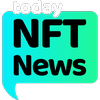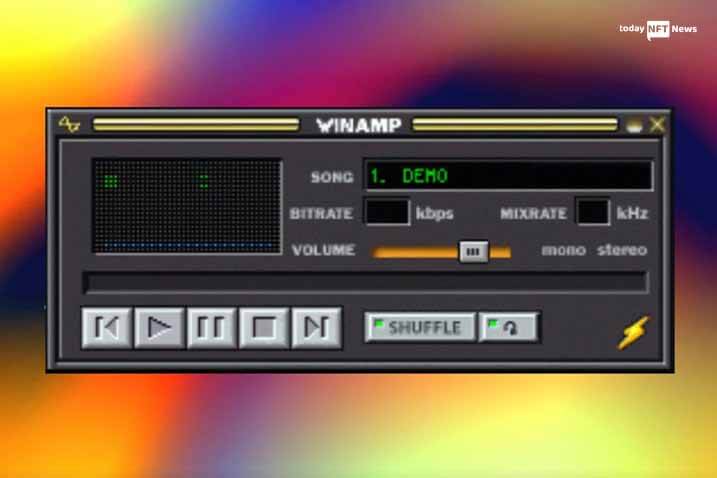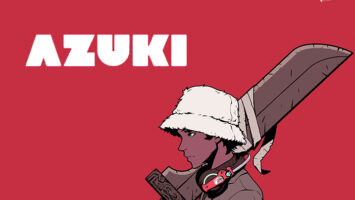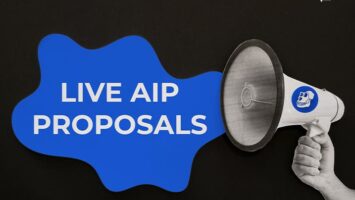SNEAK PEEK
- Creators can create and sell their own music NFT.
- Subscribing to an artist is possible in the new Winamp player.
- 85% of the revenue will go back to the artist.
Despite Winamp enjoying its true success in the past, close to 80 million still use the software across the world.
In March, it announced its plan to sell NFTs based on the 1997 Winamp skin, its first graphical interface.
The player’s original developer was bought in 1999 by AOL at a price of $80m. It was then sold in 2014 to a Belgian music/tech startup Radionomy for an amount of $5m-$10m.
In 2015, Vivendi bought a stake of 64.4% in Radionomy prior to selling it to AudioValley in 2017.
As of now, Wianmp is owned by AudioValley only, along with sister subsidiaries including music licensing firm Jamendo, Targetspot and Bridger.
Alexandre Saboundjian, CEO at Winamp shared his company’s plans last week at the Wallifornia Music & Innovation Summit in Belgium.
A few of the plans are based on Winamp’s consumer player, which will relaunch as software to aggregate different types of listening- podcasts, different music streaming services and radio stations.
In a statement, Saboundjian said:
All your listening experiences. I think this is really the future of our player, and I was really surprised that in the last 10 years, nobody tried to build a player like this.
He further said that building a player is good but it lacks real economy, which is why having something more is a must to make revenue.
Additionally, he said that they will create another platform and open it next week in a beta version for creators. Creators will be helped in making their subscription models and they will be helped to distribute their music.
Creating one’s own music NFT will be possible as well as selling it. Besides, managing the author, composer and publisher rights with Bridger will be possible too. All in all, there are many things creators need.
Artists can create various types of tiers and subscriptions. Moreover, they can share the type of content they are interested in sharing with the fans.
In terms of NFTs, Winamp wants the process to be easy for the artists.
The company intends to tap Jamendo’s experience in order to support artists grow their sync-licensing income.
Web3 could be a big step for the music industry; however, challenges will be there in the next three or four years in terms of bringing revenues to the artists.









